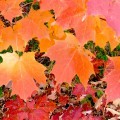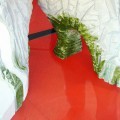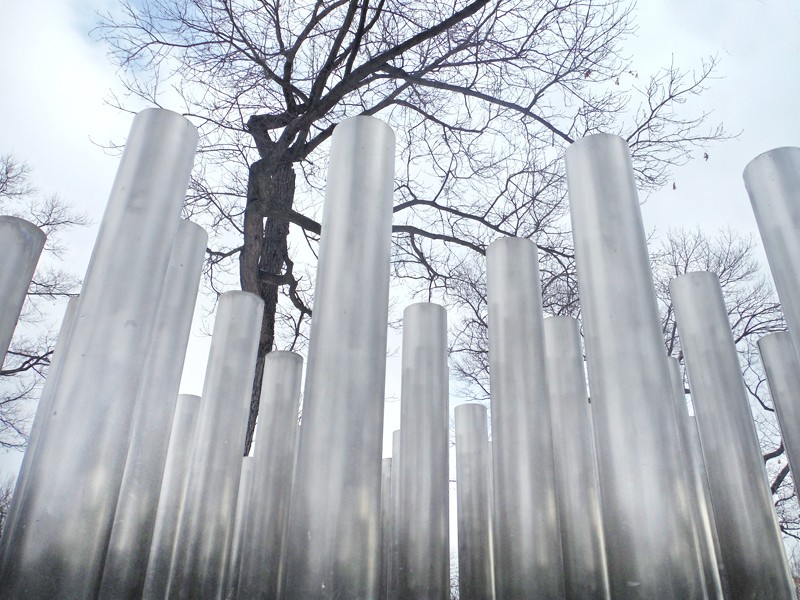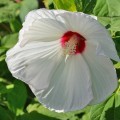Now I have done it – spoken the unmentionable. The Canadian Maple Leaf has been tarred, tainted, and tarnished and …. and directly blemished by name => Maple Leaf Tar Spot Rot. What is there – a fungus among us?

The Mysterious Rot Spots appearing on Canadian Maples this Fall in TO
Well as it turns out – yes indeed there is a Fungus Amongus – Rhytisma acerinum.
And the culprit is the fungus plus its co-conspirator:

Infected Fallen Leaves Spread the Blight
The problem is twofold. Leaves a few decades ago got either burned or mulched and composted. Raking and bagging is the current treatment. The only problem is that if only a small number of infected leaves are left behind [think of the parks in Toronto]the fungus often survives the winter and then in the Spring those leftover infected leaves produce spores which are carried in the wind to reinfect the newly emerging Maple Leafs. Here is what the University of Guelph, Pest Diagnostic Group has to say:
In the spring, spores are produced within the black stroma and are carried by air currents to young maple leaves where they start new infections. Unlike many other foliar diseases, Rhytisma do not continue to cause new infections throughout the summer. Infections first show up as yellow or pale green spots on the leaf surface in the early spring or summer. The black, raised tar-like spots of R. punctatum and R. acerinum develop within these spots by mid to late summer. Leaves, which are severely infected, may be shed.
Although the spots are conspicuous and detract from the appearance of the leaves, tar spot seldom is so injurious in home gardens to justify spraying with a fungicide. As symptoms develop late in the growing season, the overall health of trees is usually not affected.
And that is the second problem – the fungus is not so bad. Not so bad or disastrous means that the order of the day is generally to tolerate the problem, live with the unsightly fungus amongus, in short – to grin and bear the Toronto Maple Leafs.





